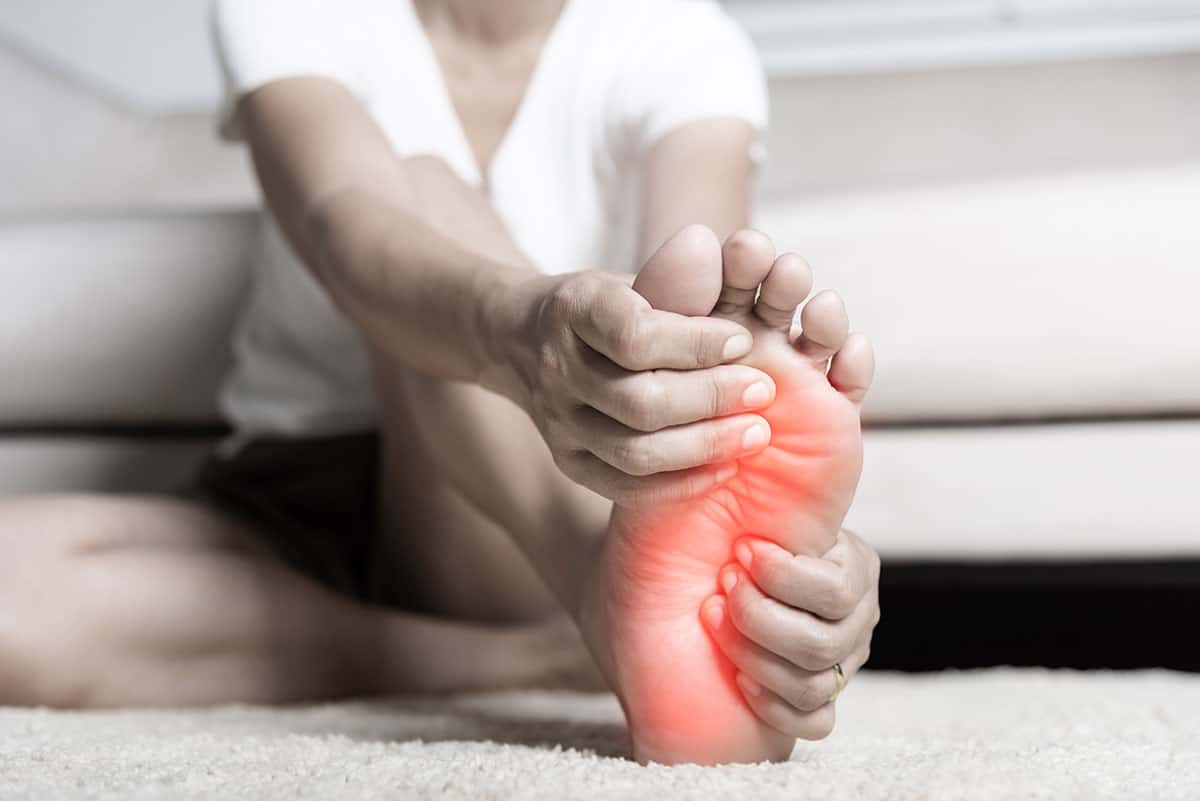Foot & Ankle Pain
At Kennedy Health, we specialize in providing comprehensive care for foot and ankle pain, offering personalized treatments to help you find relief and improve your quality of life. Our skilled medical professionals are dedicated to diagnosing and treating various causes of foot and ankle pain, ensuring effective management strategies tailored to your specific needs.
Causes and Types of Foot and Ankle Pain
Musculoskeletal Conditions
This includes conditions such as plantar fasciitis, Achilles tendinitis, sprains, fractures, bunions, hammertoes, and arthritis.
Sports Injuries
High-impact activities, repetitive motions, and improper footwear can lead to foot and ankle injuries, such as stress fractures, ankle sprains, or ligament tears.
Nerve Conditions
Nerve-related conditions like Morton’s neuroma, tarsal tunnel syndrome, or peripheral neuropathy can cause pain, numbness, and tingling in the feet and ankles.

Diagnosis, Conditions, and Symptoms
Localized Pain
Pain or discomfort in specific areas of the foot or ankle, which may worsen with weight-bearing or specific movements.
Limited Range of Motion
Difficulty moving the foot or ankle, stiffness, or a feeling of instability.
Swelling
Swelling, redness, or inflammation around the affected area.
Numbness and Tingling
Sensations of numbness, tingling, or pins and needles in the foot or ankle.
Treatment Options
Conservative Measures
This includes rest, ice, compression, and elevation (RICE), along with the use of orthotics, braces, or splints to support and stabilize the foot and ankle.
Physical Therapy
Our experienced physical therapists can design personalized exercise programs to strengthen the muscles and improve flexibility, promoting healing and reducing pain.
Medication Management
Our medical professionals may recommend over-the-counter or prescription medications, such as nonsteroidal anti-inflammatory drugs (NSAIDs), to relieve pain and reduce inflammation.
Corticosteroid Injections
In some cases, corticosteroid injections may be administered to alleviate pain and reduce inflammation in specific areas of the foot or ankle.
Surgical Intervention
For severe cases that do not respond to conservative treatments, surgical options may be considered. These can include arthroscopy, ligament repair, joint fusion, or bunionectomy, depending on the underlying condition.

Take the first step toward comprehensive foot and ankle pain care. Contact Kennedy Health today to schedule a consultation and explore the treatment options available to help you find relief, regain mobility, and embrace an active, pain-free life. Trust our expertise and commitment to your well-being as we guide you on the path to healthier feet and ankles.

